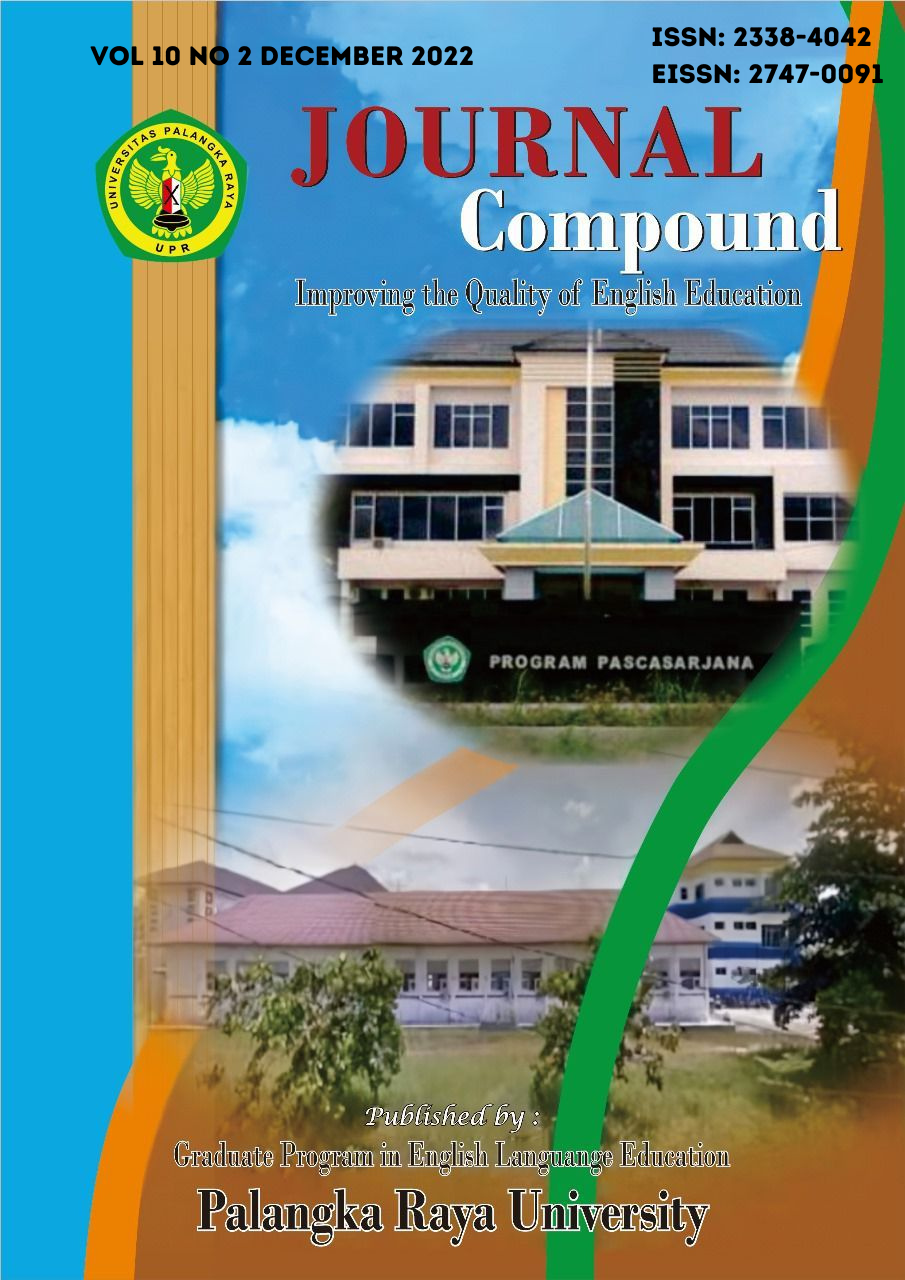DIALECTOMETRIC REVIEW: THE LANGUAGE RELATIONSHIP OF UUT DANUM, NGAJU, DUSUN, AND MAANYAN
DOI:
https://doi.org/10.37304/jcp.v10i2.8391Keywords:
Dayak, dialectometry, languages, quantitative, relationshipAbstract
The purpose of this research is to reveal the relationship of languages between Ngaju, Uut Danum, Dusun, and Maanyan whether they are closely related, remotely different, or indicated to have the mutual pre-language in the past. There are four observation points where the data is extracted from native speakers of each language: Murutuwu village, Palangka Raya, Marawan Lama village and Sungai Lunuk village. The data was retrieved by Swadesh 200 lexical test list and quantitatively calculated and compared by dialectometry analysis in lexical level. The result discovered that Ngaju to Maanyan, Ngaju to Dusun, Maanyan to Uut Danum, Ngaju to Uut Danum and Dusun to Uut Danum are categorized as different languages. They have less lexical similarity. On the other hand, Maanyan to Dusun is classified as different dialect or closely related to each other. There is indication about the existence of Dusun-Maanyan pre-language








